Equipment
Equipment rewind: A deep dive into the Cleveland HiBore driver legacy
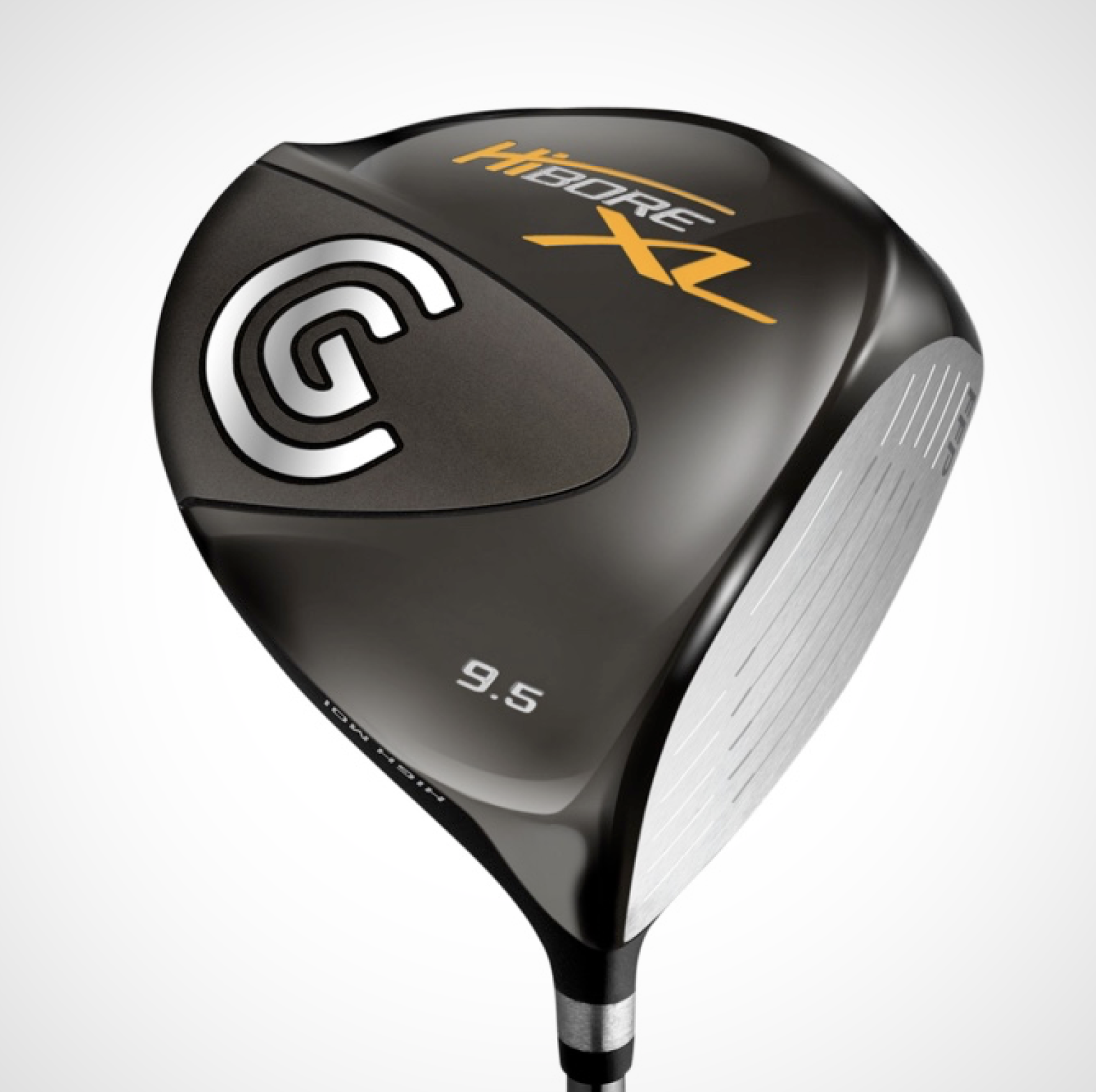
I have always been fascinated by product development, specifically the development of unconventional products. Now in the world of golf clubs, one of the most unconventional designs ever introduced was the Cleveland HiBore driver, which during its lifespan, experienced tremendous success through a number of generations, including the HiBore XL, XLS, and finally, the Monster XLS, which, as you may remember, hid the acronym “MOI” on the sole, alluding to its massive level of forgiveness.
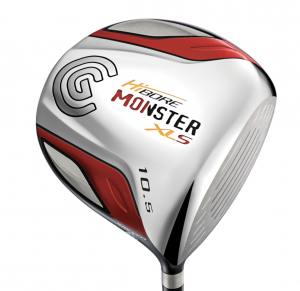
As a golfer, I played the original HiBore, along with the XL Tour for a period of time and was always curious about the story behind the “scooped out crown.” In a search for answers, I reached out to Cleveland-Srixon to get the lowdown on the HiBore and discuss where it sits in the pantheon of drivers.
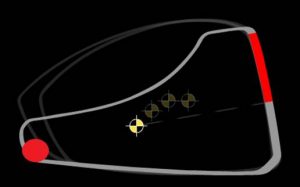
Ryan Barath: Considering how engineers are continuing to do everything they can to increase MOI and push the center of gravity low and deep in driver heads, it feels like the original HiBore and the subsequent models were well ahead of their time from a design perspective.
It makes logical sense the best way to save weight from the crown is to make the crown “disappear” compared to traditionally shaped drivers, am I correct in assuming that?
Cleveland design team: You nailed it.
At the time of the HiBore, there were really only two solutions to create a low and deep center of gravity:
-
- Make the crown lighter – by either replacing the crown with a lighter-weight material such as a graphite composite or magnesium or by thinning out the material on the crown. Thinner crowns were possible thanks to advances in casting technology and using etching techniques to remove material.
- Make the driver shallower – this change in geometry created a very forgiving low profile design, but the downside to this was that you ended up with a very small face that looked intimidating compared to the larger-faced drivers on the market.
The HiBore took a new approach and inverted the crown geometry so that all the crown weight was moved lower. By inverting the crown the HiBore design allowed for a very long and flat sole, therefore there was space in the head that was really low and deep to put the weight.

The HiBore was really the first driver to eliminate, or nearly eliminate the tapered skirt. Almost every modern driver in the market is inspired by the HiBore in that respect. It was a two-part solution where we lowered the weight of the crown and simultaneously created a low/deep location to put any extra mass.
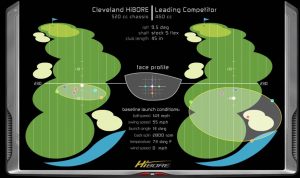
The lower and deeper CG of the HiBore improved launch conditions significantly, but also made the driver much more consistent across the entire face. The deep CG increased MOI resulting in tighter dispersion since the sweet spot was in the center of the face. Misses both low and high performed exceptionally as opposed to having a small hot spot high on the face.
RB: In every conversation I have ever had with engineers, there is always this give-and-take mentality from a design perspective to get to the final iteration. Was there anything that was given up or sacrificed for overall performance with this design?
Cleveland design team: The hardest part about the HiBore design was the sound. Prior to the HiBore, internal ribbing in a hollow golf club head was nearly unheard of. To make the HiBore sound acceptable, we had to design a ribbing structure to control the sound and design an entirely new manufacturing process to produce those internal ribs. To this day, most drivers include some form of internal ribbing to control sound or improve ball speed and that ribbing technology can be traced back to the HiBore.
In terms of tradeoffs, the major one was the low spin nature of the driver made it more difficult for low spin players to use. If a golfer is already low spin, this club would be too low and drives would just fall out of the air. Low spin golfers tend to be low spin because they hit the ball high on the face. Since we lowered the sweet spot, a high face impact was further from the sweet spot so ball speed fell as compared to a higher CG driver. Fortunately for us, in that era most golfers were fighting too much spin or way too much spin, this wasn’t a real issue.
RB: Do you have any final words on the HiBore drivers and the legacy they have left behind?
Cleveland design team: We are very proud of the HiBore driver family and the success it had at the time, but we are also proud of its legacy.
In the same way that you can trace nearly every modern band back to the Beatles or Led Zeppelin, you can trace nearly every modern driver back to HiBore either through the internal structure that is prolific across modern drivers, or the long, flat sole that is a must-have in a high-performance driver.
- LIKE137
- LEGIT20
- WOW16
- LOL4
- IDHT2
- FLOP2
- OB2
- SHANK5
Whats in the Bag
Kris Kim WITB 2024 (May)

- Kris Kim what’s in the bag accurate as of the CJ Cup Byron Nelson. More photos from the event here.
Driver: TaylorMade Qi10 (9 degrees @7)
Shaft: Mitsubishi Tensei 1K White 60 TX
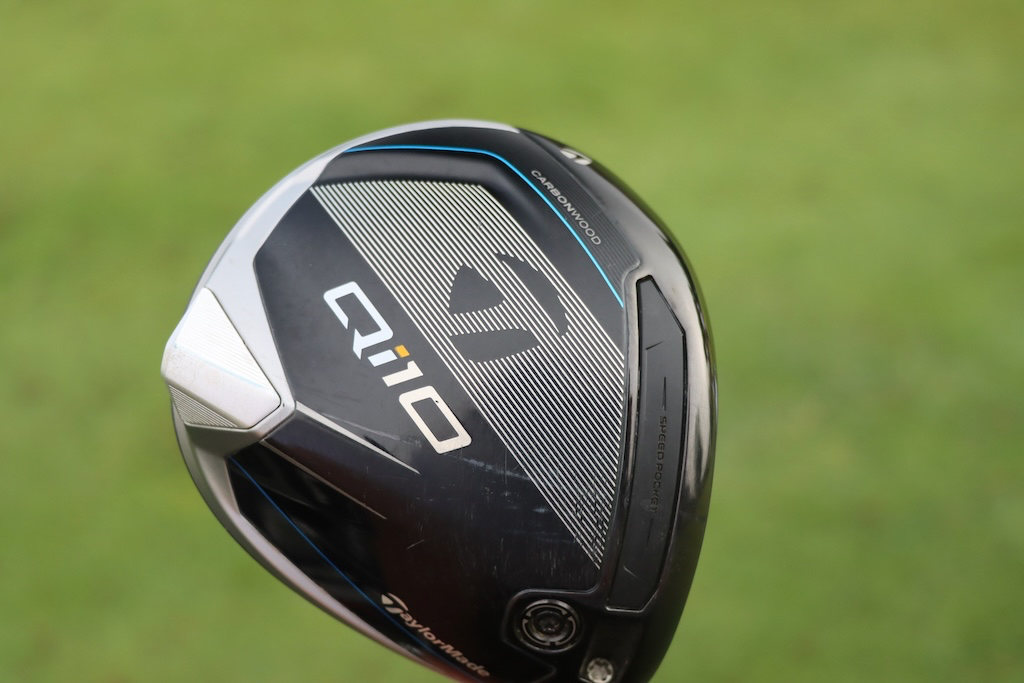

3-wood: TaylorMade Qi10 Tour (15 degrees @13.5)
Shaft: Mitsubishi Diamana WB 73 TX
Irons: TaylorMade P770 (2, 4), TaylorMade P7MB (5-PW)
Shafts: Mitsubishi Tensei 1K White 80 TX (2), Nippon N.S. Pro Modus3 Tour 120 X
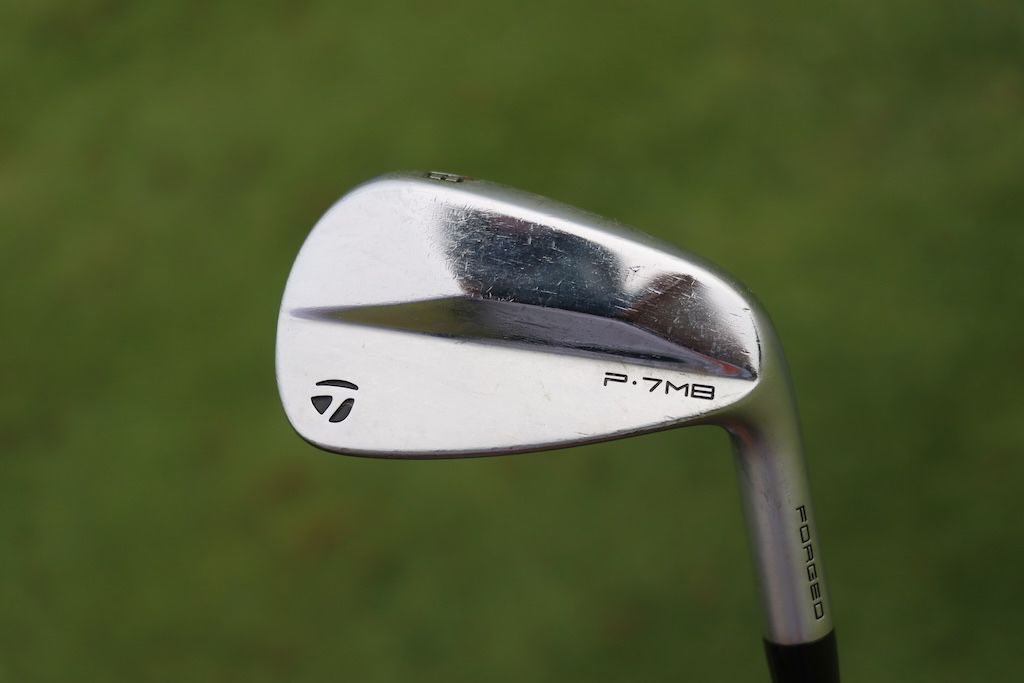

Wedges: TaylorMade MG4 (50-09SB, 56-12SB, 60-11TW)
Shafts: Nippon N.S. Pro Modus3 WV 125
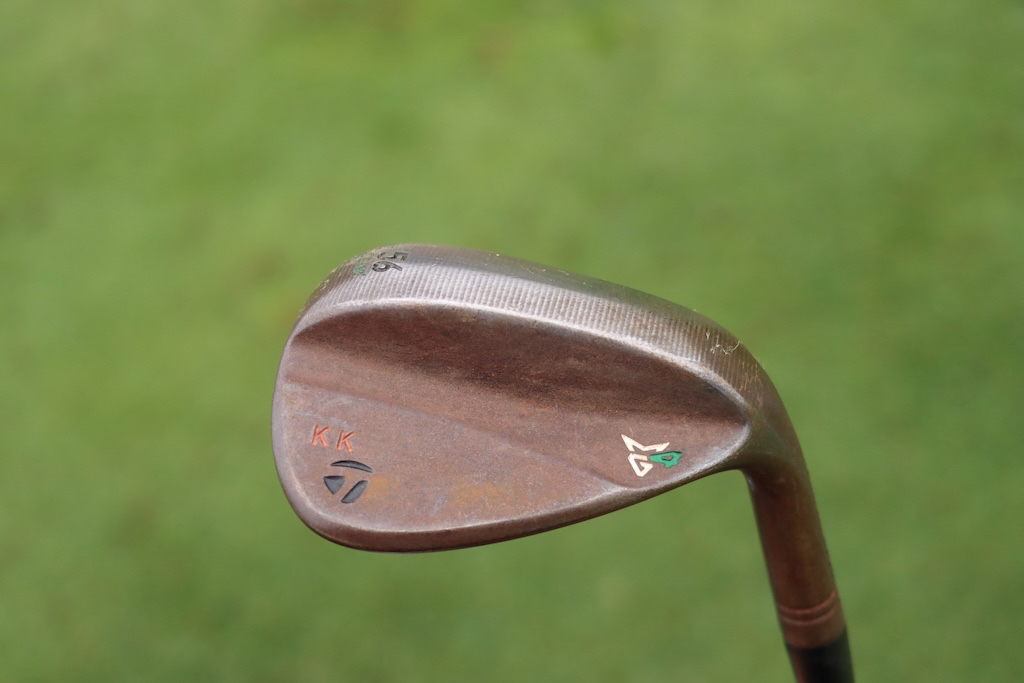

Putter: TaylorMade Spider Tour
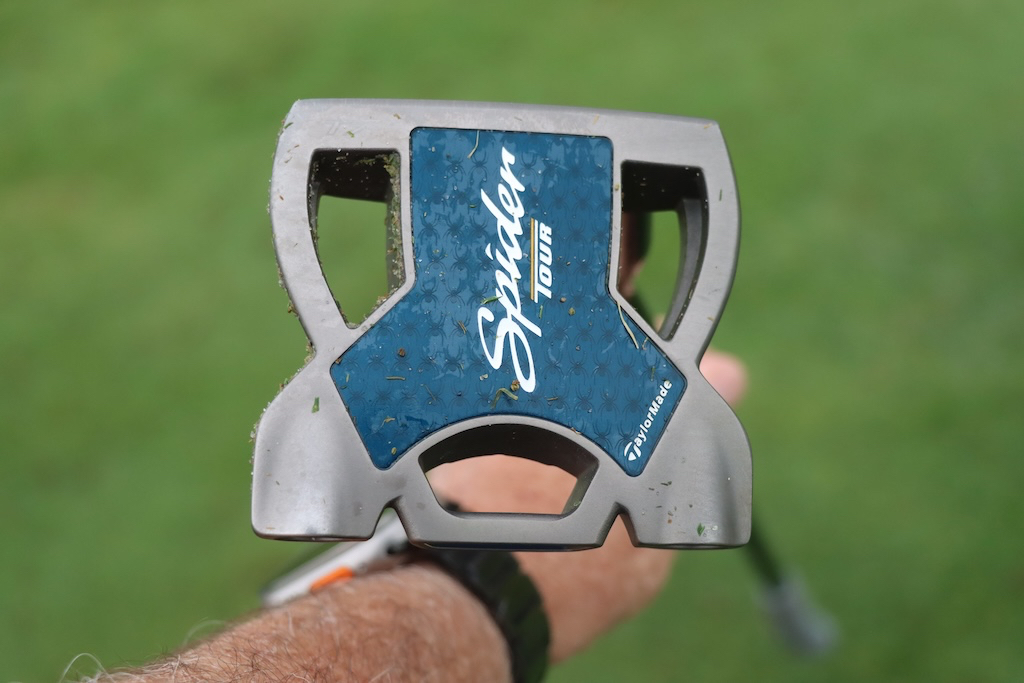
Grips: Golf Pride Tour Velvet Cord
Check out more in-hand photos of Kris Kim’s equipment here.
View this post on Instagram
- LIKE0
- LEGIT0
- WOW0
- LOL0
- IDHT0
- FLOP0
- OB0
- SHANK0
Equipment
Welcome to the family: TaylorMade launches PUDI and PDHY utility irons
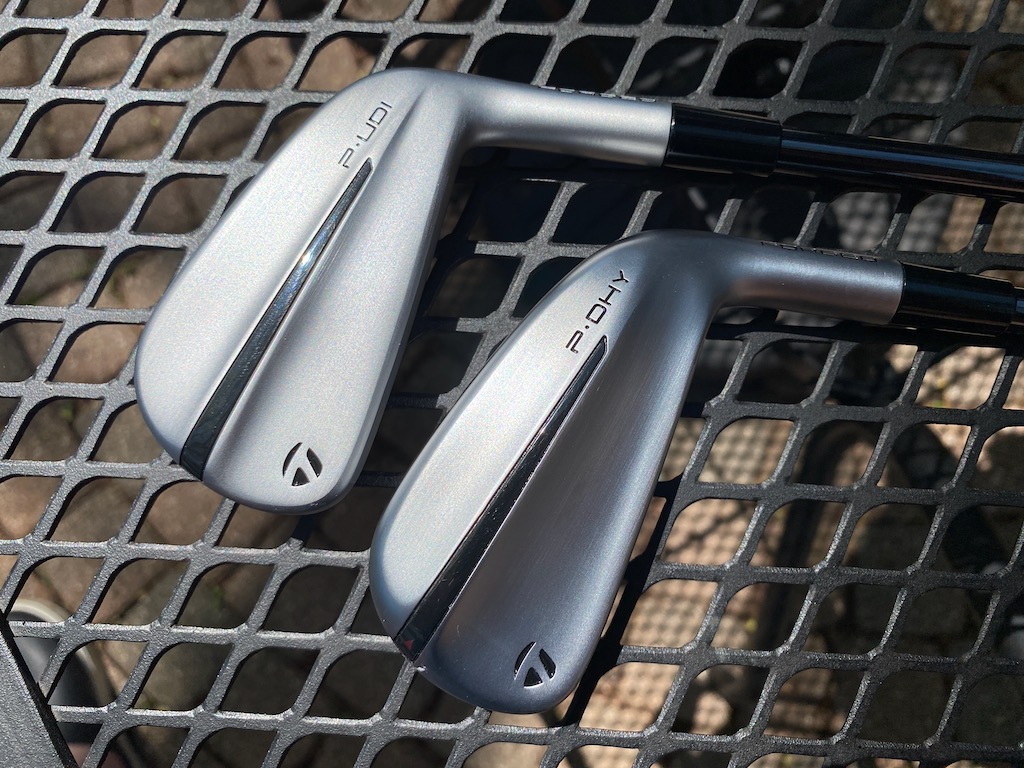
TaylorMade is continuing its UDI/DHY series with the successor to the Stealth UDI and DHY utility irons: PUDI and PDHY (which the company styles as P·UDI and P·DHY). TaylorMade is folding the designs in with its P Series of irons.
TaylorMade outlined the process of developing its new utilities this way. The company started with the data on utility iron usage. Not surprisingly, better players — i.e. those who generate more clubhead speed and strike the ball more precisely — were found to gravitate toward the UDI model. DHY usage, however, covered a wider swath than the company might have expected with six-to-18 handicappers found to be bagging the club.
TaylorMade also found that the majority of golfers playing UDI or DHY utilities were playing P Series irons at the top of their iron configurations.
Can you see where this is going?
Matt Bovee, Director of Product Creation, Iron and Wedge at TaylorMade: “As we look to the future, beyond the tech and the design language, we are excited about repositioning our utility irons into the P·Series family. P·UDI is an easy pair for players that currently play P·Series product and P·DHY is an extremely forgiving option for players of all skill levels. It is a natural fit to give these players the performance in this category that they are looking for.”
View this post on Instagram
TaylorMade PUDI
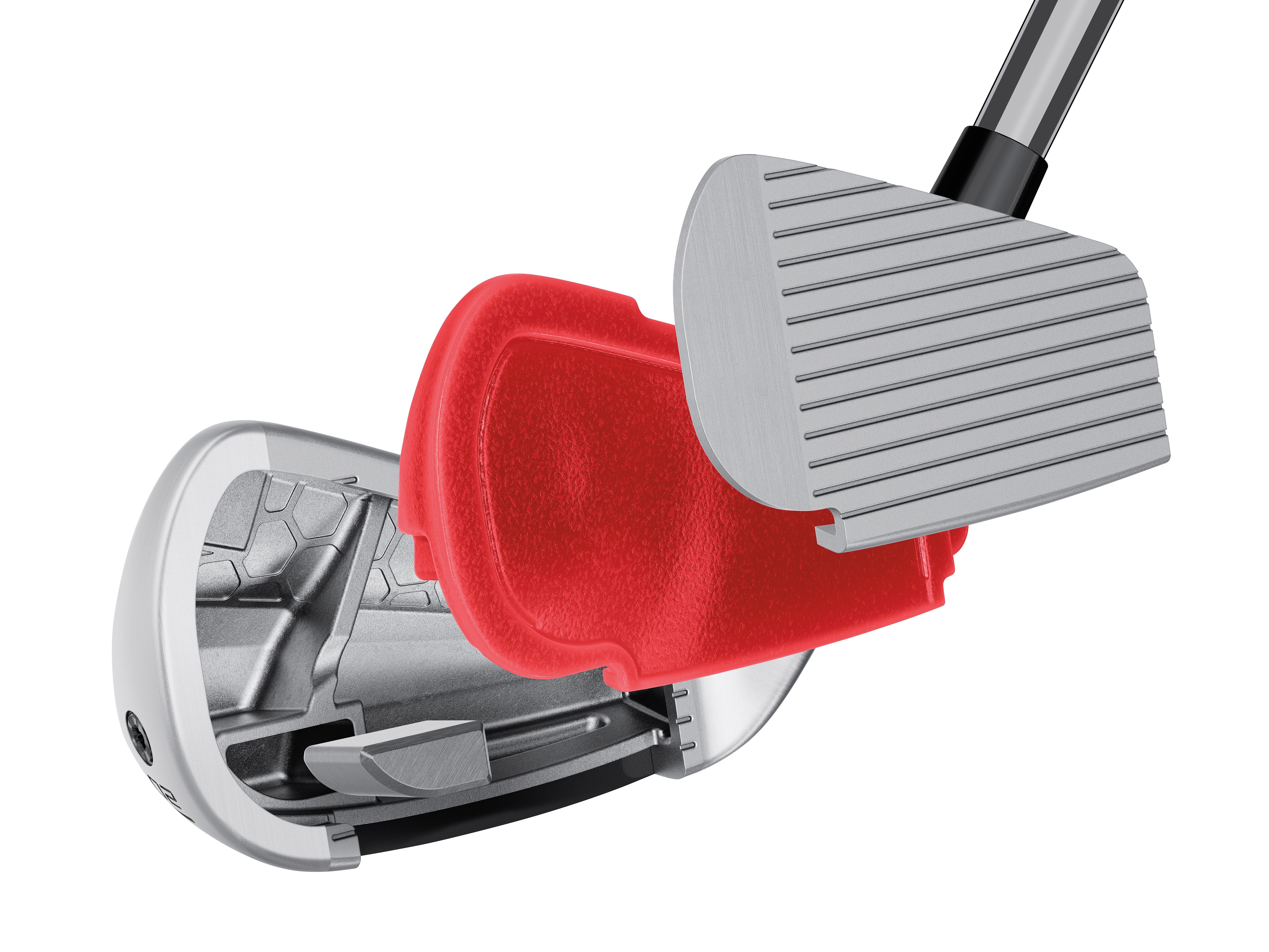
TaylorMade PUDI technology cutaway (via TaylorMade)
Crafted with tour player input, TaylorMade sought to develop a confidence-inspiring utility iron that blends with the rest of the P Series irons. Also of note: Interestingly, the PUDI has a more compact head than the P790.
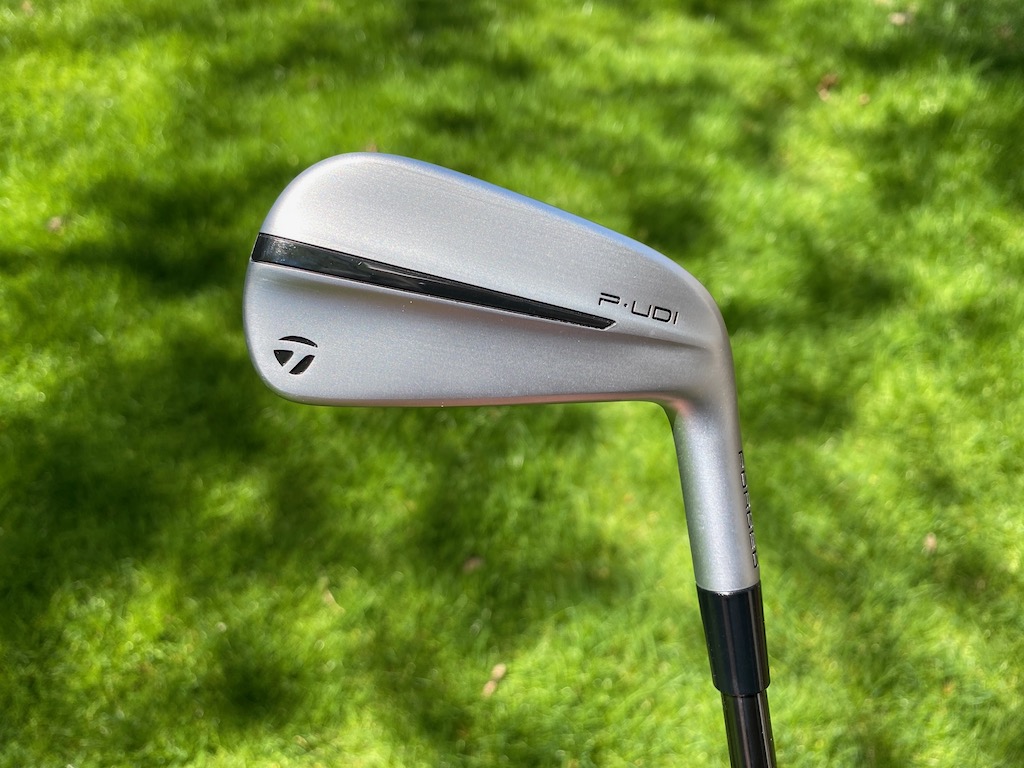
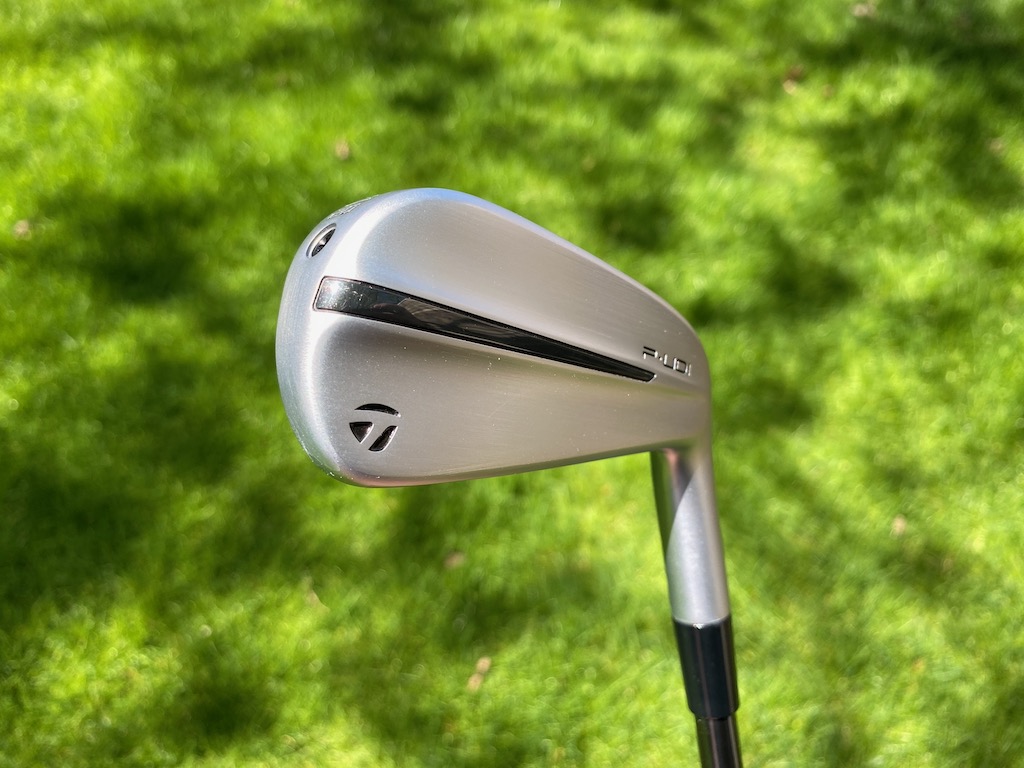
In comparison to past UDI products, the PUDI has a more traditional iron shape, slimmer toplines, and less offset with a little of the backbar visible at address.
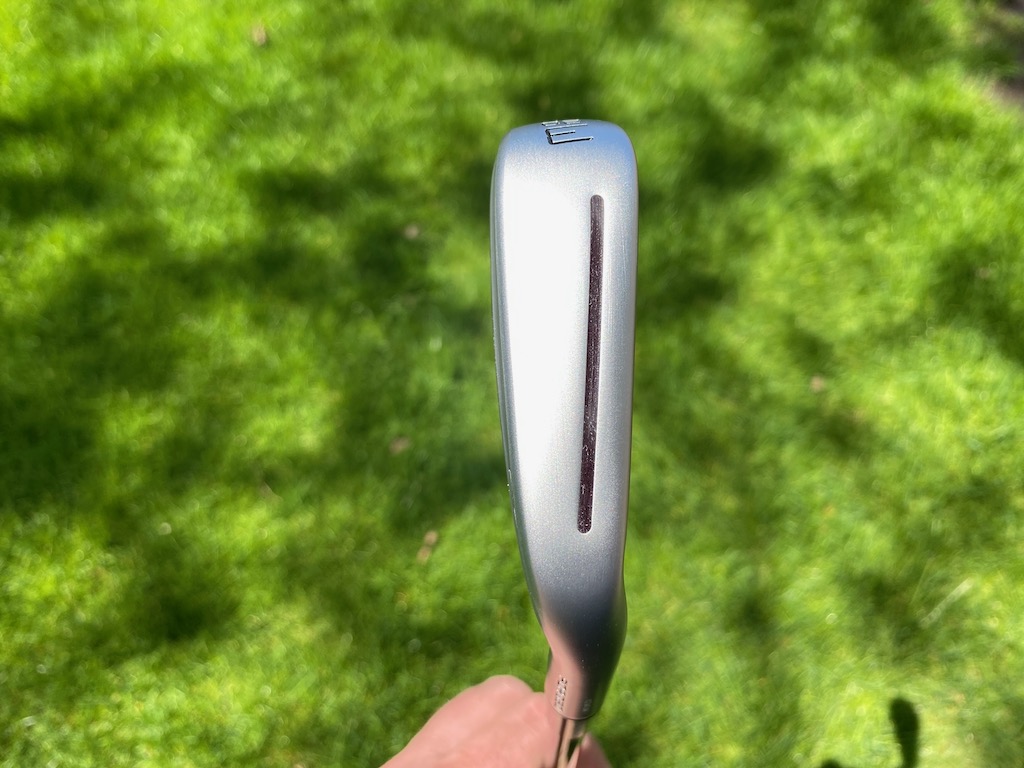

TaylorMade PDHY
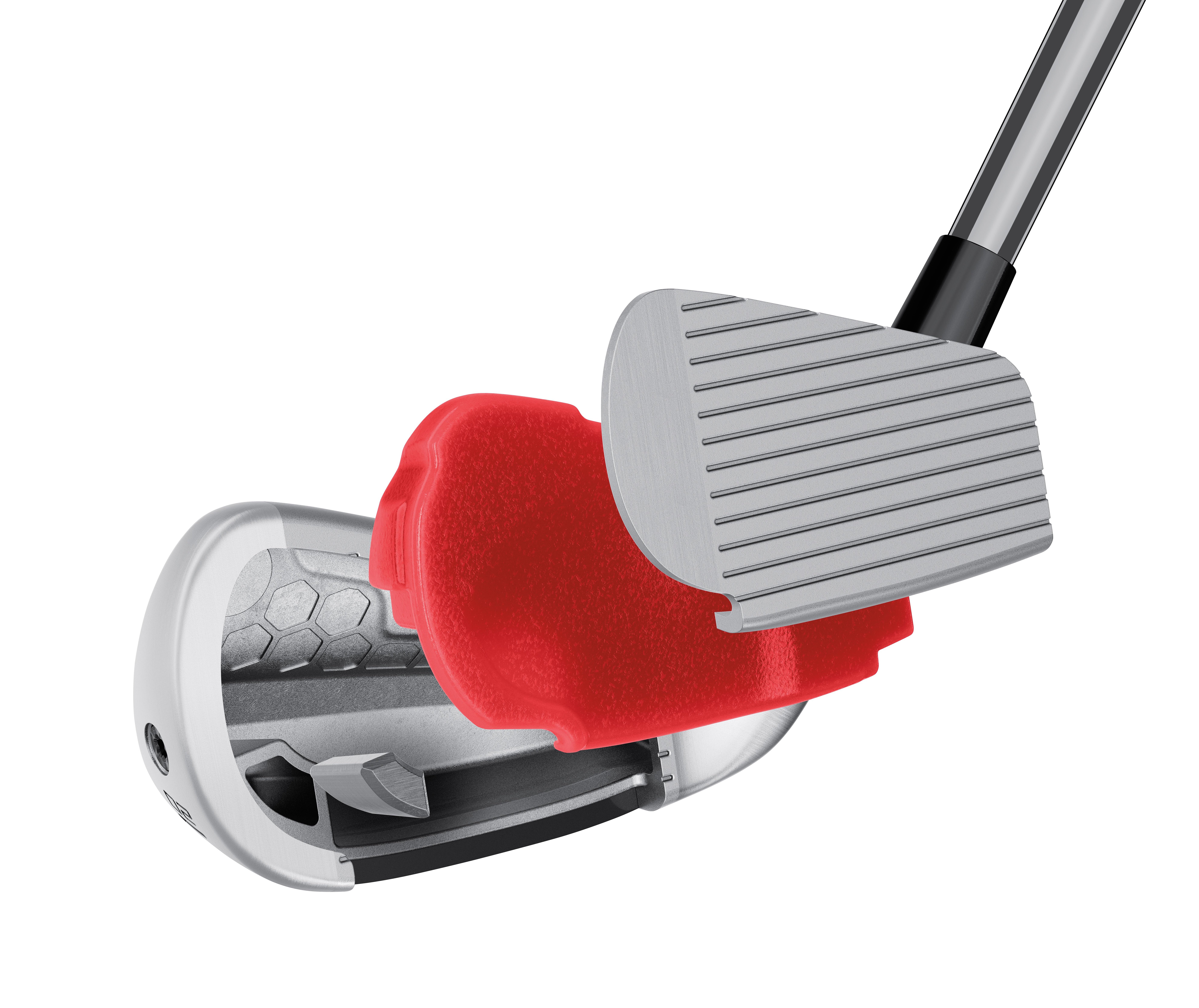
TaylorMade PDHY tech cutaway (via TaylorMade).
Larger in profile than the PUDI, the PDHY seeks to position center of gravity (CG) lower in the club for ease of launch. The toe height is larger and the profile is larger at address — roughly five millimeters longer than PUDI — the sole of the club is wider for improved forgiveness.
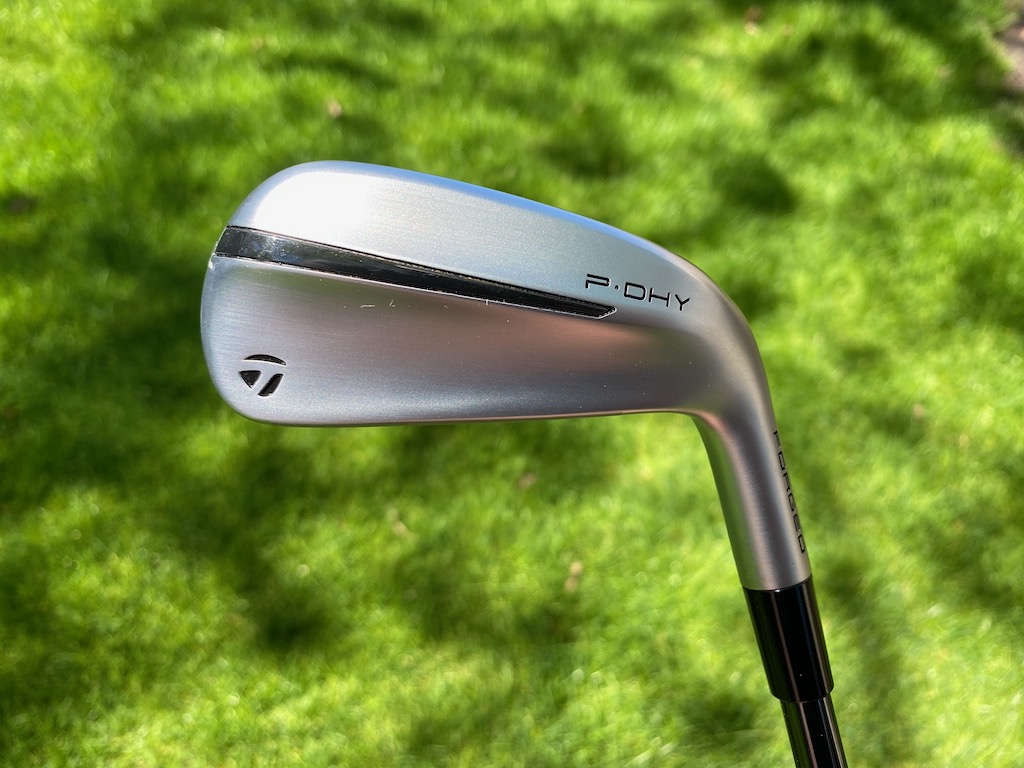



Club Junkie’s take
Golfers who feel like they are missing something at the top of the bag could find the PUDI or PDHY a great option. The look of the PUDI should fit the most discerning eye with a more compact look, less offset, and a thinner topline. If you want a little more confidence looking down the P-DHY will be slightly larger while still being a good-looking utility iron.
For being small packages both models pack a pretty good punch with fast ball speeds, even off-center. The feel is soft and you get a solid feel of the ball compressing off the face when you strike it well. Your ears are greeted with a nice heavy thud as the ball and club come together. The PDHY will launch a little higher for players who need it while the PUDI offers a more penetrating ball flight. Both utility irons could be the cure for an open spot in the top end of the bag.
PUDI, PDHY, or Rescue?
TaylorMade offers the following notes to assist golfers in filling out their bags:
- PUDI has mid-CG right behind the center face to create a more penetrating mid-to-low ball flight
- PDHY has a lower center of gravity to produce an easier-to-launch mid-to-high ball flight.
- Both PUDI and PDHY are lower-flying than the company’s hybrid/Rescue clubs.
- PUDI is more forgiving than P790.
- PDHY is the most forgiving iron in the entire TaylorMade iron family
Pricing, specs, and availability
Price: $249.99
At retail: Now
Stock shafts: UST Mamiya’s Recoil DART (105 X, 90 S and 75 R – only in PDHY)
Stock grip: Golf Pride’s ZGrip (black/grey)
PUDI lofts: 2-17°, 3-20°, 4-22° in both left and right-handed
PDHY lofts: 2-18°, 3-20° and 4-22° in both left and right-handed
- LIKE15
- LEGIT4
- WOW3
- LOL3
- IDHT1
- FLOP2
- OB2
- SHANK4
Equipment
Coolest thing for sale in the GolfWRX Classifieds (5/3/24): Scotty Cameron Champions Choice 2.5+ putter

At GolfWRX, we are a community of like-minded individuals that all experience and express our enjoyment of the game in many ways.
It’s that sense of community that drives day-to-day interactions in the forums on topics that range from best driver to what marker you use to mark your ball. It even allows us to share another thing we all love – buying and selling equipment.
Currently, in our GolfWRX buy/sell/trade (BST) forum, there is a listing for a Scotty Cameron Champions Choice 2.5+ putter
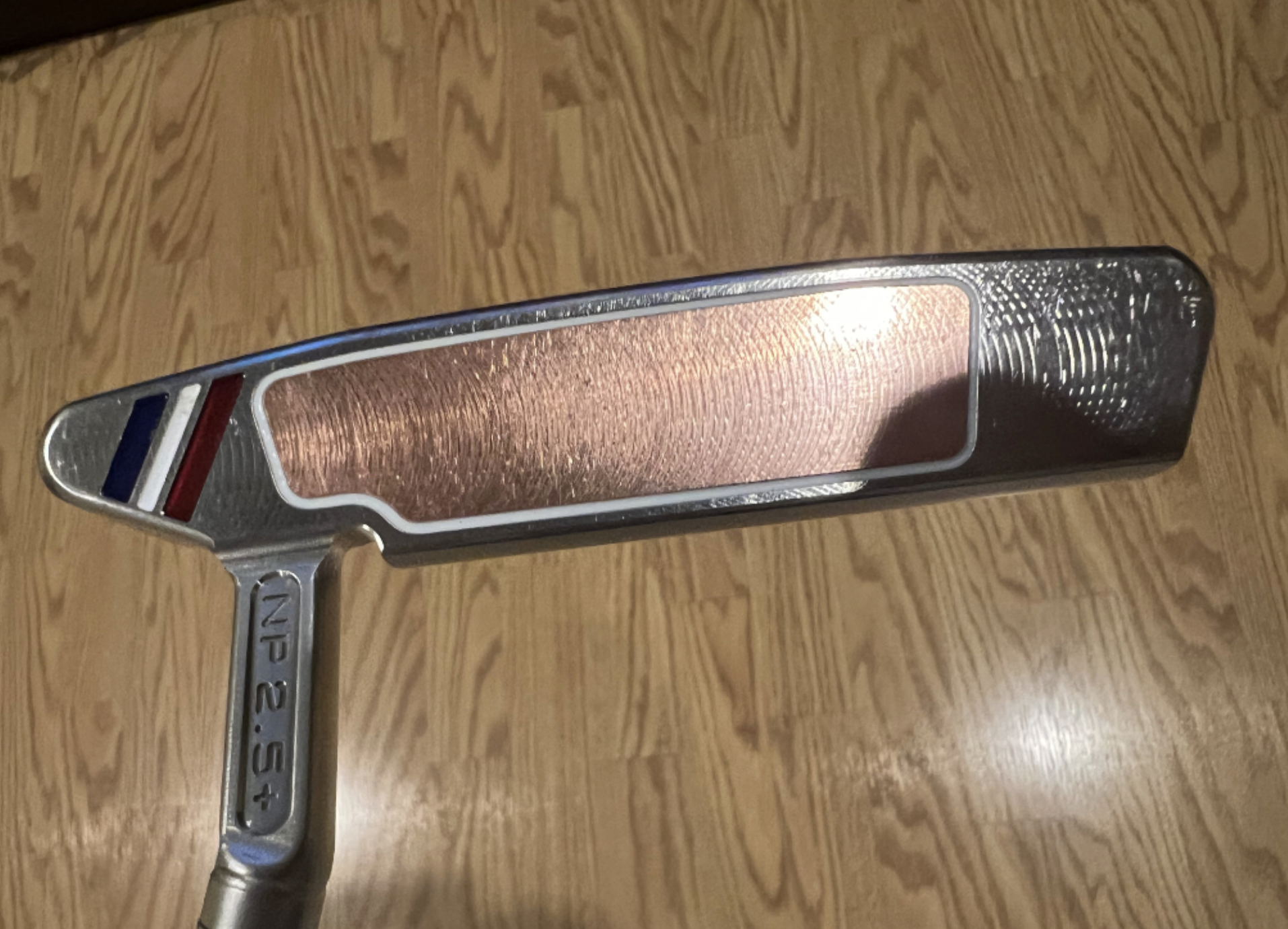
From the seller: (@wwcl): “Has been gamed as pics show. 33.5 includes original h/c and grip. $575 includes shipping and PP fees.”
To check out the full listing in our BST forum, head through the link: Scotty Cameron Champions Choice 2.5+ putter
This is the most impressive current listing from the GolfWRX BST, and if you are curious about the rules to participate in the BST Forum you can check them out here: GolfWRX BST Rules
- LIKE1
- LEGIT1
- WOW0
- LOL0
- IDHT0
- FLOP0
- OB0
- SHANK0
-

 19th Hole2 weeks ago
19th Hole2 weeks agoJustin Thomas on the equipment choice of Scottie Scheffler that he thinks is ‘weird’
-

 19th Hole2 weeks ago
19th Hole2 weeks ago‘Absolutely crazy’ – Major champ lays into Patrick Cantlay over his decision on final hole of RBC Heritage
-

 19th Hole3 weeks ago
19th Hole3 weeks agoTwo star names reportedly blanked Jon Rahm all week at the Masters
-

 19th Hole3 weeks ago
19th Hole3 weeks agoReport: LIV Golf identifies latest star name they hope to sign to breakaway tour
-

 19th Hole3 weeks ago
19th Hole3 weeks agoNeal Shipley presser ends in awkward fashion after reporter claims Tiger handed him note on 8th fairway
-

 19th Hole2 weeks ago
19th Hole2 weeks agoBrandel Chamblee has ‘no doubt’ who started the McIlroy/LIV rumor and why
-

 19th Hole1 week ago
19th Hole1 week agoLET pro gives detailed financial breakdown of first week on tour…and the net result may shock you
-

 Equipment3 weeks ago
Equipment3 weeks agoJason Day on his recent switch into Srixon ZX5 and ZX7 Mk II irons







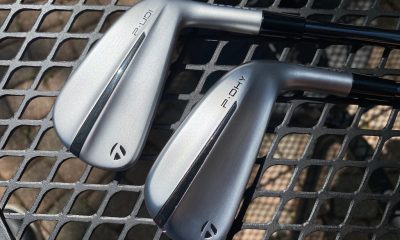


















ChipNRun
Apr 5, 2021 at 12:04 am
I went for my first true driver fitting in 2008. My driver at time was an Air Zevo 9.5* with a stiff shaft. I was starting to lose distance.
I hit about eight drivers that day (before adjustable shafts came on strong). The finalists ended up being the Cleveland HiBore XL (the picture at top of article) and the Callaway HyperX Tour, both in 10.5* loft.
The launch numbers were the same, but the Callaway won out for ease of set-up (face 1* open). But, the HiBore was a tight second place.
Marc
Apr 4, 2021 at 8:11 am
Loudest driver ever.
I have hearing loss from hitting it under a canopy.
Brandon
Apr 4, 2021 at 11:36 am
I can attest to that. Got some really funny looks hitting the XLS in a enclosed range.
Cleveland's Biggest Fan
Apr 4, 2021 at 3:42 am
Several of my Kids played and won events with the Hi Bore. It is still one of my all time favorite drivers. Although I do have an original and a couple of the XL and XL Tours, I stashed about 5 of the XLS in different lofts. Cleveland – PLEASE COME OUT WITH AN UPDATED ADJUSTABLE VERSION.
Greg V
Apr 3, 2021 at 1:06 pm
HiBore 2-wood was a real winner. My daughter still plays hers.